Home>Gardening & Outdoor>Landscaping Ideas>How Many Times A Week To Water My Grass
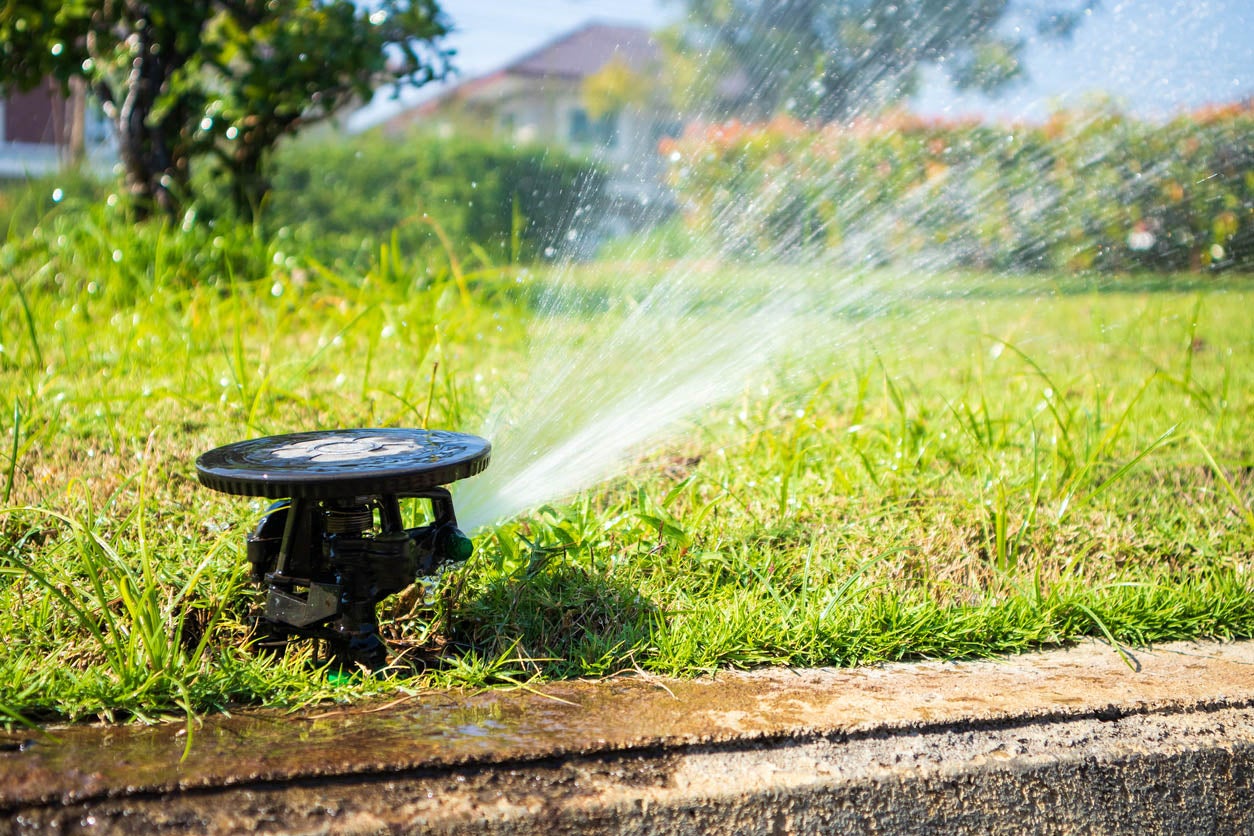

Landscaping Ideas
How Many Times A Week To Water My Grass
Modified: February 18, 2024
Learn the best landscaping ideas for watering your grass. Find out how many times a week you should water your lawn for optimal growth and health. Discover expert tips and advice.
(Many of the links in this article redirect to a specific reviewed product. Your purchase of these products through affiliate links helps to generate commission for Storables.com, at no extra cost. Learn more)
Introduction
Creating and maintaining a lush, green lawn requires a careful balance of various factors, with watering being a critical component. Determining the ideal frequency for watering your grass is essential for promoting healthy growth and vitality. However, this can be influenced by several factors, including climate, soil type, grass species, and overall environmental conditions. By understanding these factors and their impact on your lawn, you can establish an effective watering schedule that ensures your grass receives the moisture it needs to thrive.
In this comprehensive guide, we will explore the key considerations for determining how often to water your grass. From expert recommendations to signs of overwatering and underwatering, you will gain valuable insights into optimizing your lawn's watering regimen. Whether you are a seasoned lawn care enthusiast or a novice homeowner looking to enhance your landscaping prowess, this article will equip you with the knowledge needed to make informed decisions about watering your grass. So, let's delve into the essential factors that influence watering frequency and discover the best practices for maintaining a vibrant, resilient lawn.
Key Takeaways:
- Watering frequency for your grass depends on climate, soil type, and grass species. Expert recommendations suggest 1 inch of water per week for established lawns.
- Look for signs of overwatering and underwatering, and adjust watering frequency based on weather, soil moisture, and lawn response. Maintain a proactive approach for a healthy, vibrant lawn.
Read more: How Many Times A Day To Water Your Grass
Factors to Consider
Several crucial factors play a pivotal role in determining the optimal frequency for watering your grass. By taking these elements into account, you can tailor your lawn care routine to meet the specific needs of your grass and create an environment conducive to healthy growth.
Climate: The climate in your region significantly impacts your lawn’s water requirements. Areas with high temperatures and low humidity levels may necessitate more frequent watering to prevent the grass from drying out, while cooler, more humid climates might require less frequent watering.
Soil Type: The composition of your soil affects its ability to retain moisture. Sandy soils drain water more rapidly, often requiring more frequent watering, whereas clay soils retain moisture for longer periods, potentially reducing the frequency of watering sessions.
Grass Species: Different grass species have varying water needs. Warm-season grasses, such as Bermuda and Zoysia, thrive in hot climates and generally require more water, while cool-season grasses like Kentucky bluegrass and fescue have lower water requirements, particularly in cooler regions.
Environmental Conditions: Factors such as sun exposure, shade coverage, and airflow can influence how quickly the grass loses moisture. Lawns in sunny, exposed areas may need more frequent watering than those in shaded or well-ventilated locations.
Overall Health of the Lawn: The condition of your lawn, including its density and overall health, can impact its water needs. A healthy, well-maintained lawn may require less water to thrive compared to a stressed or damaged lawn.
By carefully considering these essential factors, you can gain a deeper understanding of your lawn’s unique watering requirements. This knowledge forms the foundation for establishing an effective watering schedule that promotes the long-term health and beauty of your grass.
Watering Frequency Recommendations
When it comes to determining how often to water your grass, expert recommendations serve as valuable guidelines for promoting optimal growth and sustainability. While specific watering frequencies can vary based on the factors mentioned earlier, the following general recommendations can provide a helpful starting point for establishing a watering schedule:
- Established Lawns: For established lawns, a common guideline is to provide around 1 inch of water per week, either from rainfall or irrigation. This amount is typically adequate to sustain healthy grass growth, although adjustments may be necessary based on environmental conditions and soil characteristics.
- Newly Seeded or Sodded Lawns: Newly seeded or sodded lawns require more frequent watering to support the establishment of the grass. It’s often recommended to water these areas lightly multiple times per day to keep the soil consistently moist until the grass becomes established.
- Watering Depth: Regardless of the frequency, it’s essential to ensure that the water penetrates the soil to a sufficient depth to encourage deep root growth. Shallow, frequent watering can lead to shallow root systems, making the grass more susceptible to stress during dry periods.
- Early Morning Watering: Watering your lawn in the early morning, typically before 10 a.m., is generally recommended to minimize water loss due to evaporation and ensure that the grass has ample moisture throughout the day.
These recommendations provide a solid framework for establishing a baseline watering schedule for your lawn. However, it’s crucial to monitor your grass and make adjustments based on its specific response to the watering regimen. Observing the signs of overwatering and underwatering can help you fine-tune the frequency to best meet your lawn’s needs.
Now that we’ve explored the general watering frequency recommendations, let’s delve into the indicators that can help you identify whether your grass is receiving too much or too little water.
Water your grass 1-2 times a week, giving it 1-1.5 inches of water each time. Adjust based on weather and soil type. Water in the morning to reduce evaporation.
Signs of Overwatering and Underwatering
Recognizing the signs of overwatering and underwatering is crucial for adjusting your watering frequency to meet your lawn’s specific needs. By closely observing your grass and understanding these indicators, you can make informed decisions to promote its health and vitality.
Signs of Overwatering: Overly saturated soil and excessive moisture can lead to several visible signs that your lawn is receiving too much water. These may include:
- Pooling water or runoff after irrigation or rainfall
- Constantly soggy or mushy areas in the lawn
- Yellowing or browning of the grass, often accompanied by a spongy texture
- Increased weed growth, particularly in waterlogged areas
- Development of fungal diseases, such as mold or mildew
Signs of Underwatering: Conversely, insufficient moisture can manifest in visible indicators that your grass is not receiving adequate water. These signs may include:
- Wilting or drooping of the grass blades, particularly during the hottest parts of the day
- Development of a bluish-gray hue or a dull, lifeless appearance in the grass
- Footprints or imprints that remain visible on the grass after being walked on
- Patchy areas of dry, brittle grass that do not recover after mowing
- Increased susceptibility to pest infestations and weed encroachment
By actively looking for these signs and adjusting your watering practices accordingly, you can help your grass thrive and maintain its resilience in the face of varying environmental conditions.
Now that we’ve explored the visible indicators of overwatering and underwatering, let’s discuss how to adjust your watering frequency to address these issues and promote the optimal health of your lawn.
Adjusting Watering Frequency
Adapting your watering frequency based on the specific needs of your lawn is essential for maintaining healthy, vibrant grass. By making targeted adjustments and closely monitoring the response of your lawn, you can optimize your watering regimen to promote robust growth and long-term sustainability.
Observing Your Lawn: Regularly assessing the condition of your grass is crucial for determining whether adjustments to your watering frequency are necessary. By observing the signs of overwatering and underwatering, as outlined earlier, you can gain valuable insights into how your lawn is responding to its current watering schedule.
Weather Considerations: Paying attention to weather patterns and seasonal changes is vital for adapting your watering frequency. During periods of increased heat or drought, you may need to water your lawn more frequently to prevent stress and maintain healthy growth. Conversely, cooler or wetter conditions may warrant a reduction in watering frequency to avoid overwatering.
Soil Moisture Testing: Conducting periodic soil moisture tests can provide valuable data to inform your watering decisions. Simple methods, such as using a screwdriver to gauge soil moisture depth or employing a soil moisture meter, can help you determine whether your lawn is receiving adequate water and whether adjustments are needed.
Adjusting Irrigation Systems: If you utilize an automated irrigation system, consider modifying the watering schedule and duration based on the changing needs of your lawn. Programmable timers and adjustable settings can facilitate precise control over your watering frequency, allowing you to tailor the irrigation to match your grass’s requirements.
Response Monitoring: After making adjustments to your watering frequency, closely monitor how your lawn responds. Keep an eye on the grass’s color, texture, and overall health to gauge the effectiveness of the changes. By staying attuned to your lawn’s condition, you can fine-tune your watering regimen to achieve optimal results.
By implementing these strategies and remaining attentive to your lawn’s needs, you can refine your watering frequency to create an environment that fosters the flourishing growth of your grass. With a proactive approach and a willingness to adapt to changing conditions, you can nurture a vibrant, resilient lawn that enhances the beauty of your outdoor space.
Conclusion
Understanding how often to water your grass is a fundamental aspect of effective lawn care, and it hinges on a nuanced consideration of various factors. By taking into account the climate, soil type, grass species, and environmental conditions, you can tailor your watering frequency to meet the specific needs of your lawn. Expert recommendations provide valuable guidelines for establishing a baseline watering schedule, but it’s essential to remain attentive to your grass’s response and make adjustments as needed.
Recognizing the signs of overwatering and underwatering is pivotal for maintaining the health and vitality of your lawn. By actively observing your grass and making targeted adjustments to your watering frequency, you can create an optimal environment for robust growth and resilience. Weather considerations, soil moisture testing, and response monitoring all play crucial roles in refining your watering regimen to meet the evolving needs of your lawn.
Ultimately, the goal is to foster a lush, vibrant lawn that enhances the beauty of your outdoor space. By engaging in proactive lawn care practices and remaining attuned to the unique characteristics of your grass, you can cultivate an environment where your lawn thrives and flourishes. With a thoughtful approach to watering frequency and a commitment to adapting to changing conditions, you can enjoy the enduring beauty of a healthy, resilient lawn for years to come.
Armed with the insights and strategies outlined in this guide, you are well-equipped to make informed decisions about how often to water your grass. By integrating these practices into your lawn care routine, you can embark on a journey toward nurturing a thriving, verdant lawn that serves as a source of pride and natural beauty.
Frequently Asked Questions about How Many Times A Week To Water My Grass
Was this page helpful?
At Storables.com, we guarantee accurate and reliable information. Our content, validated by Expert Board Contributors, is crafted following stringent Editorial Policies. We're committed to providing you with well-researched, expert-backed insights for all your informational needs.
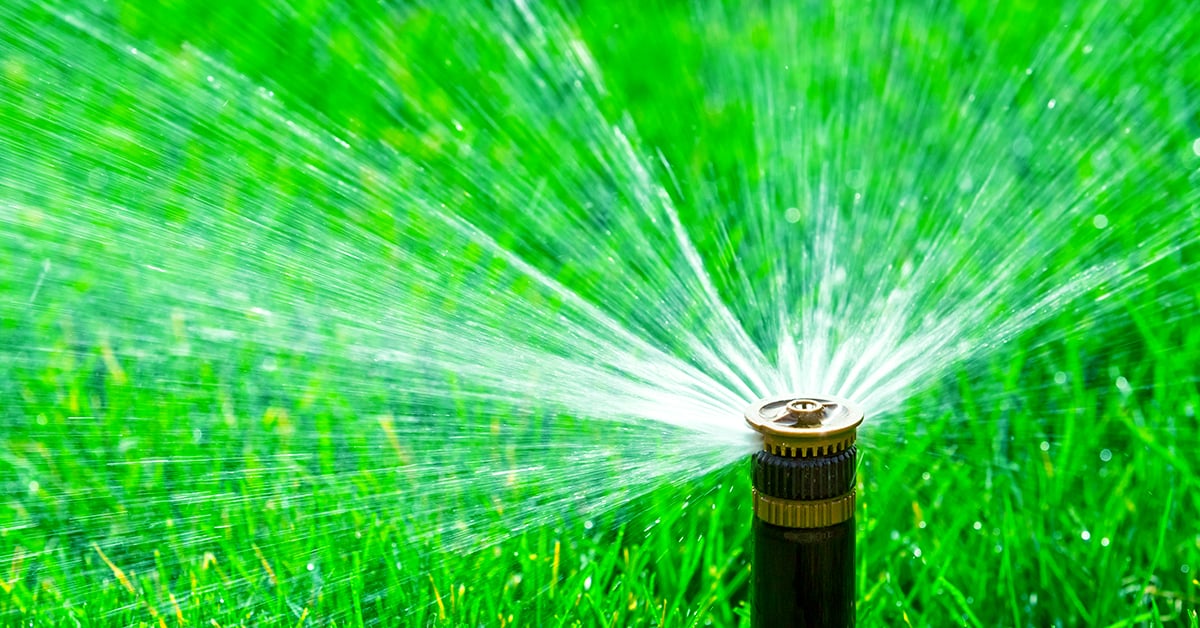
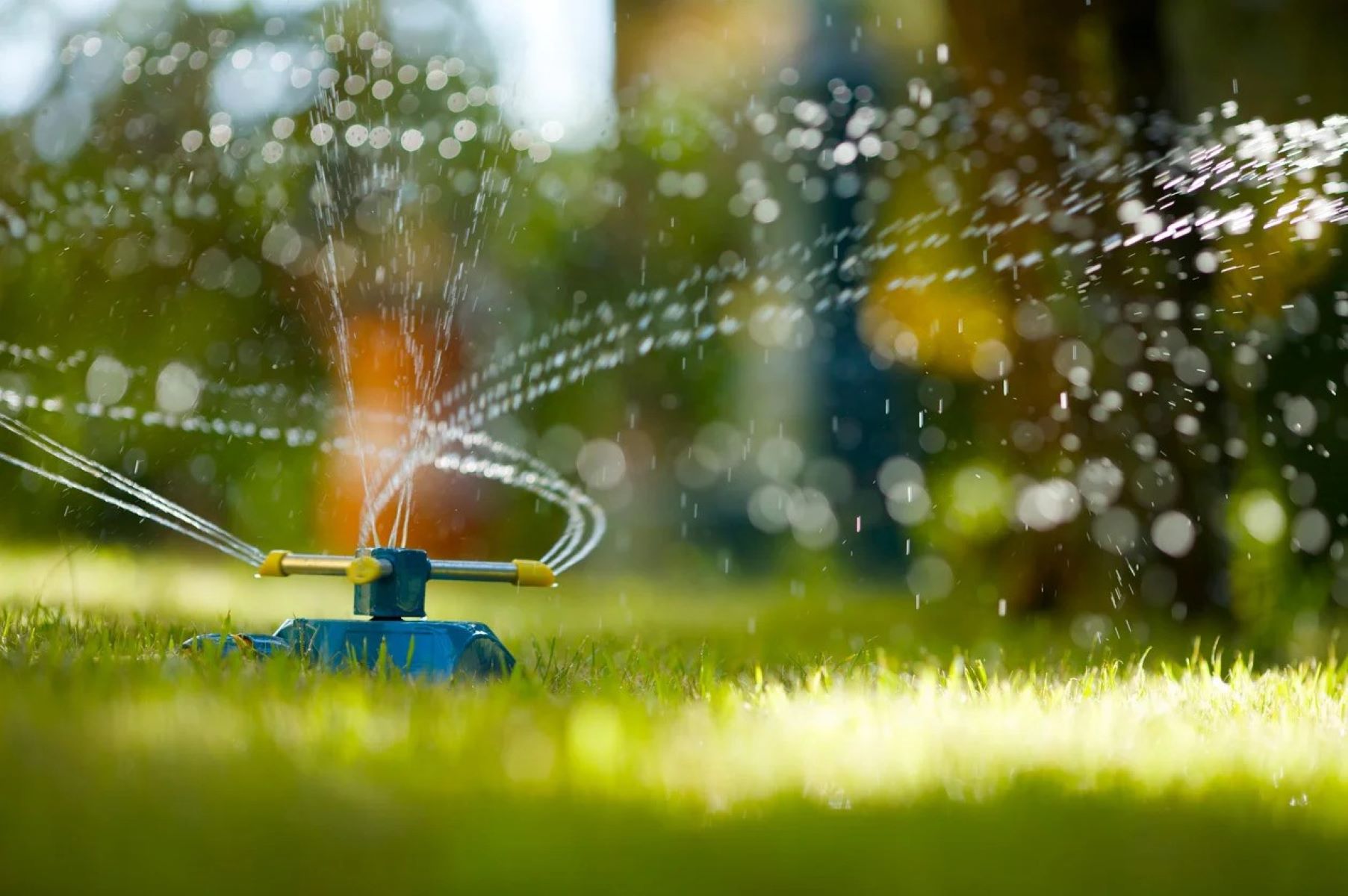
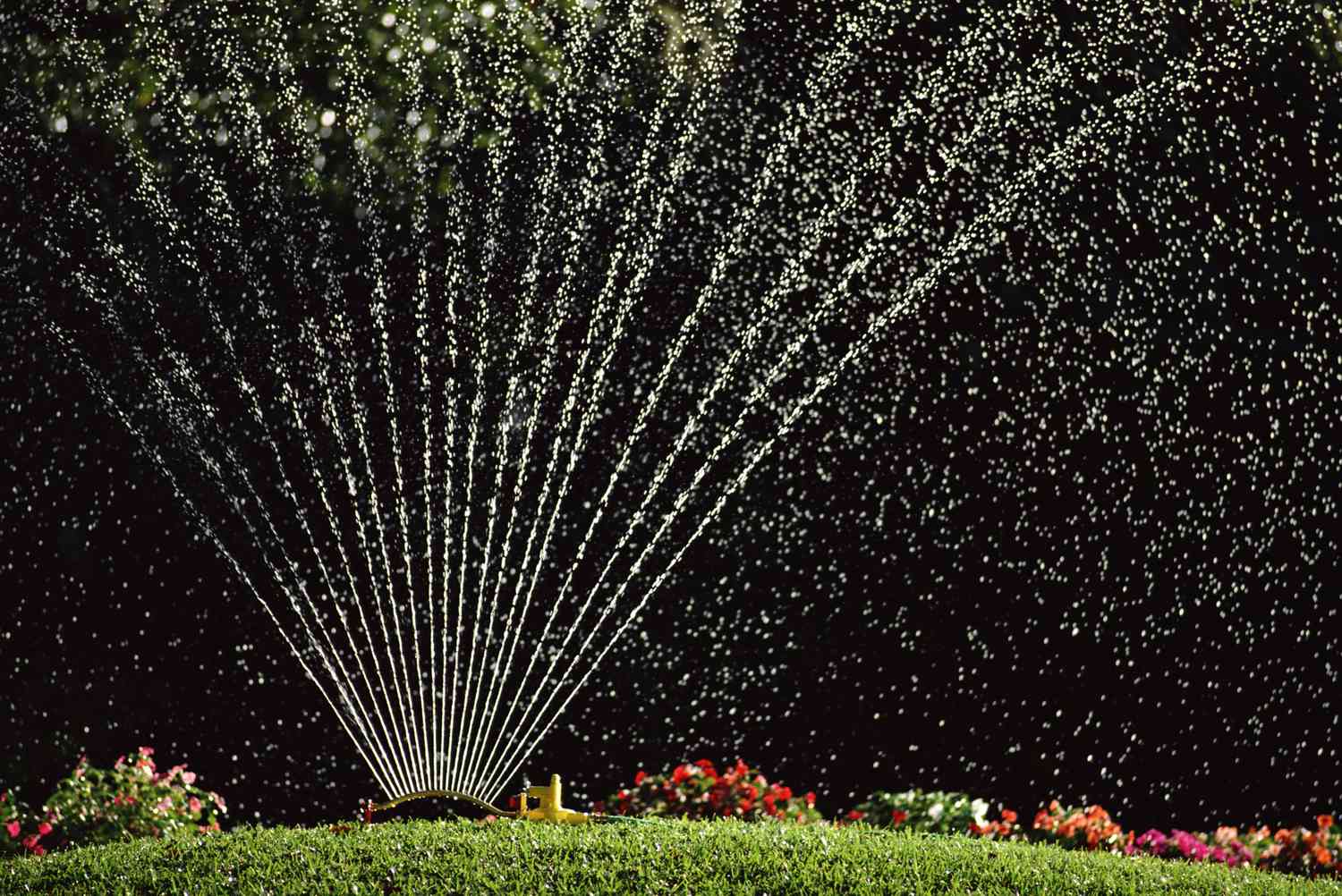
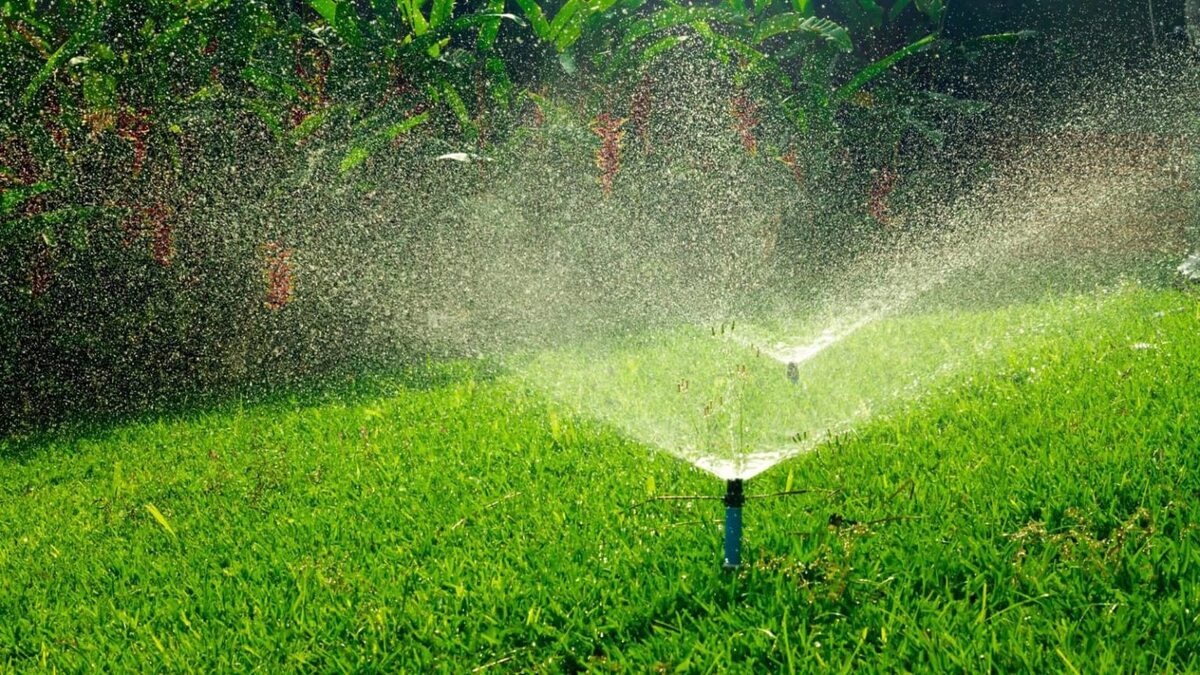
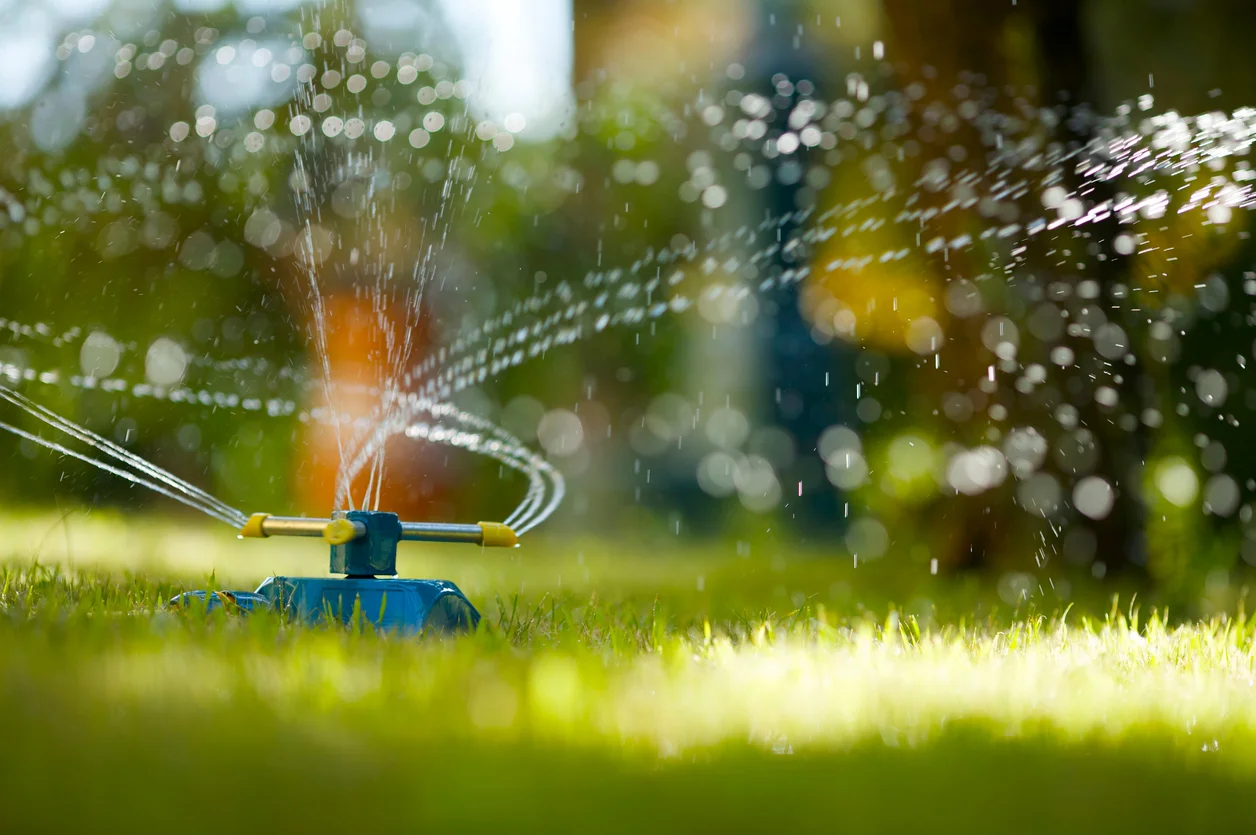
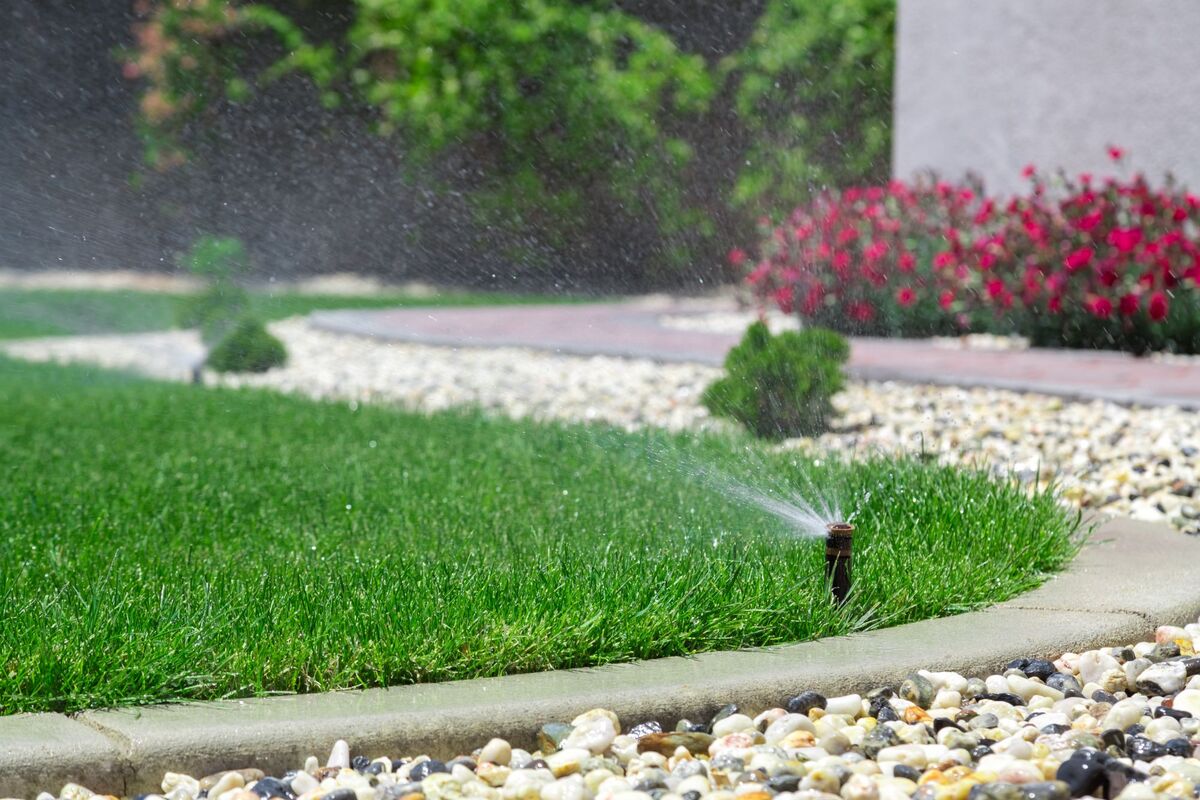
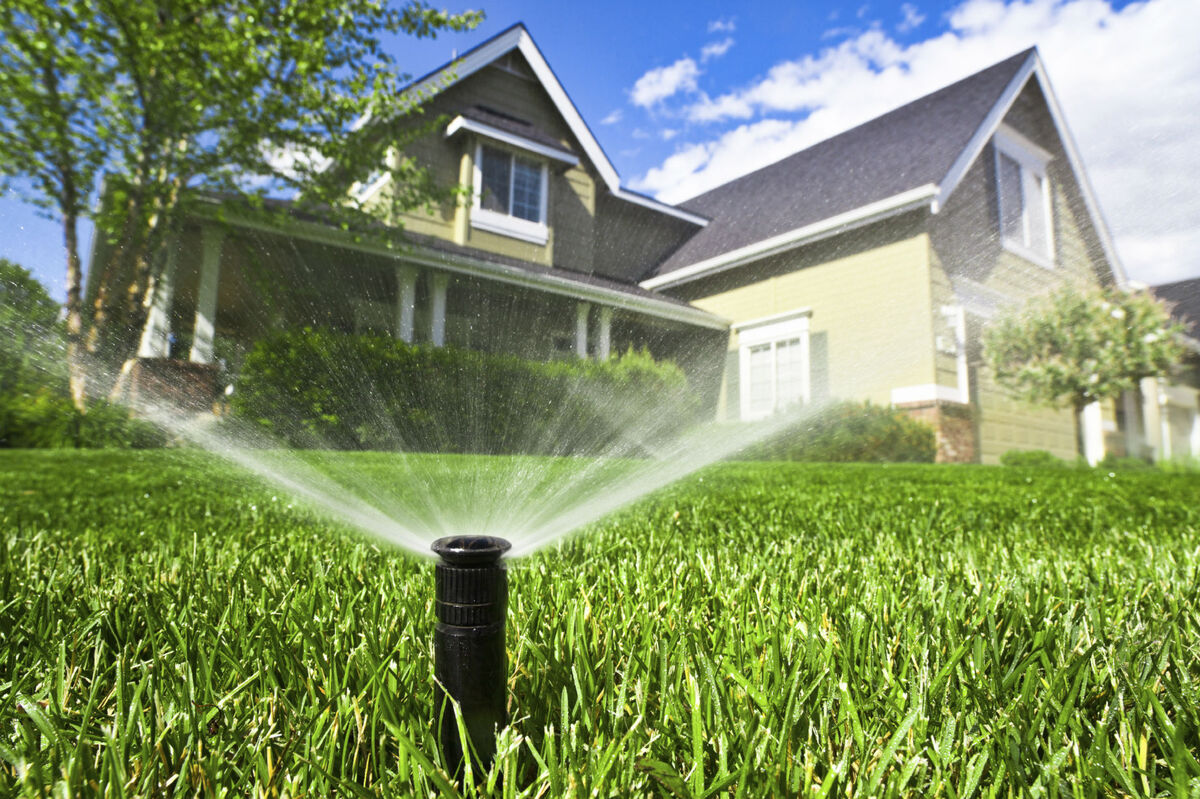
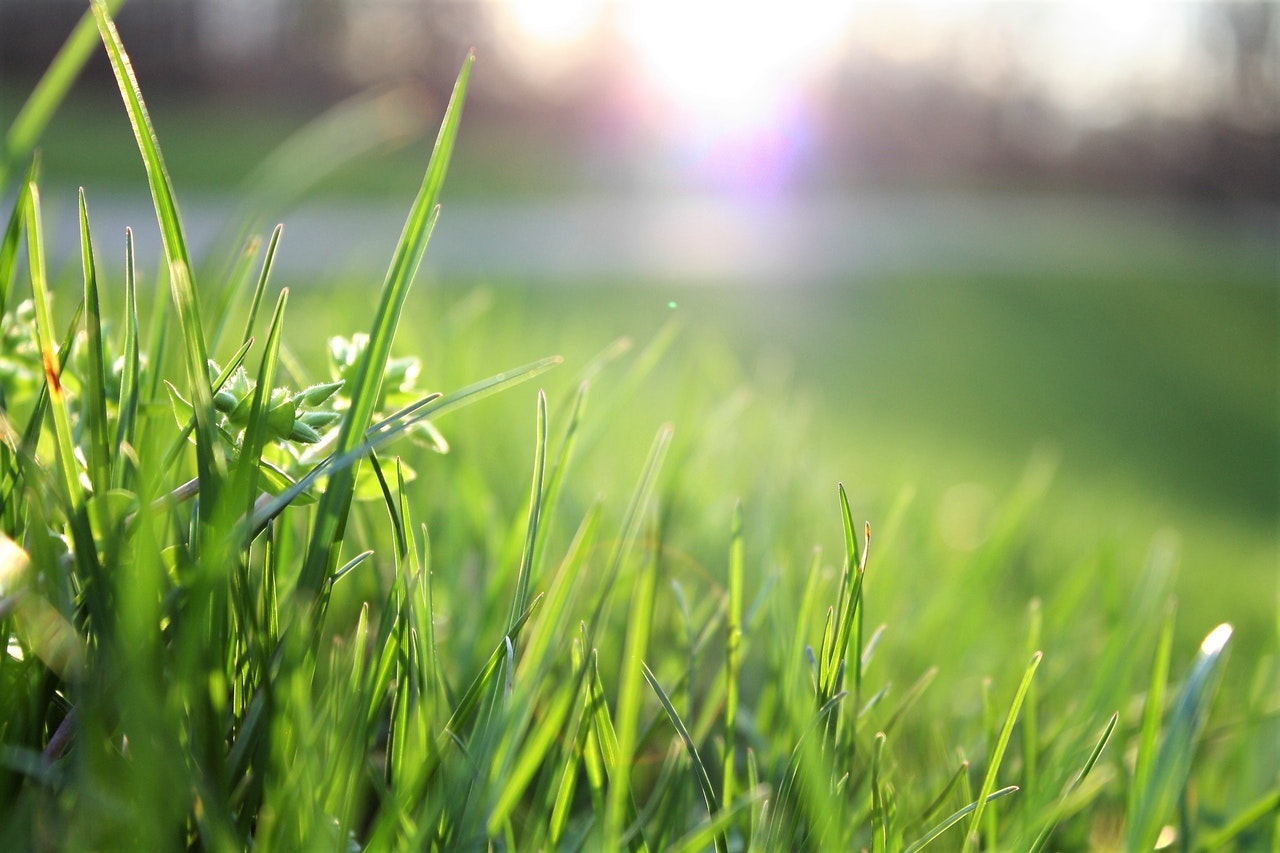
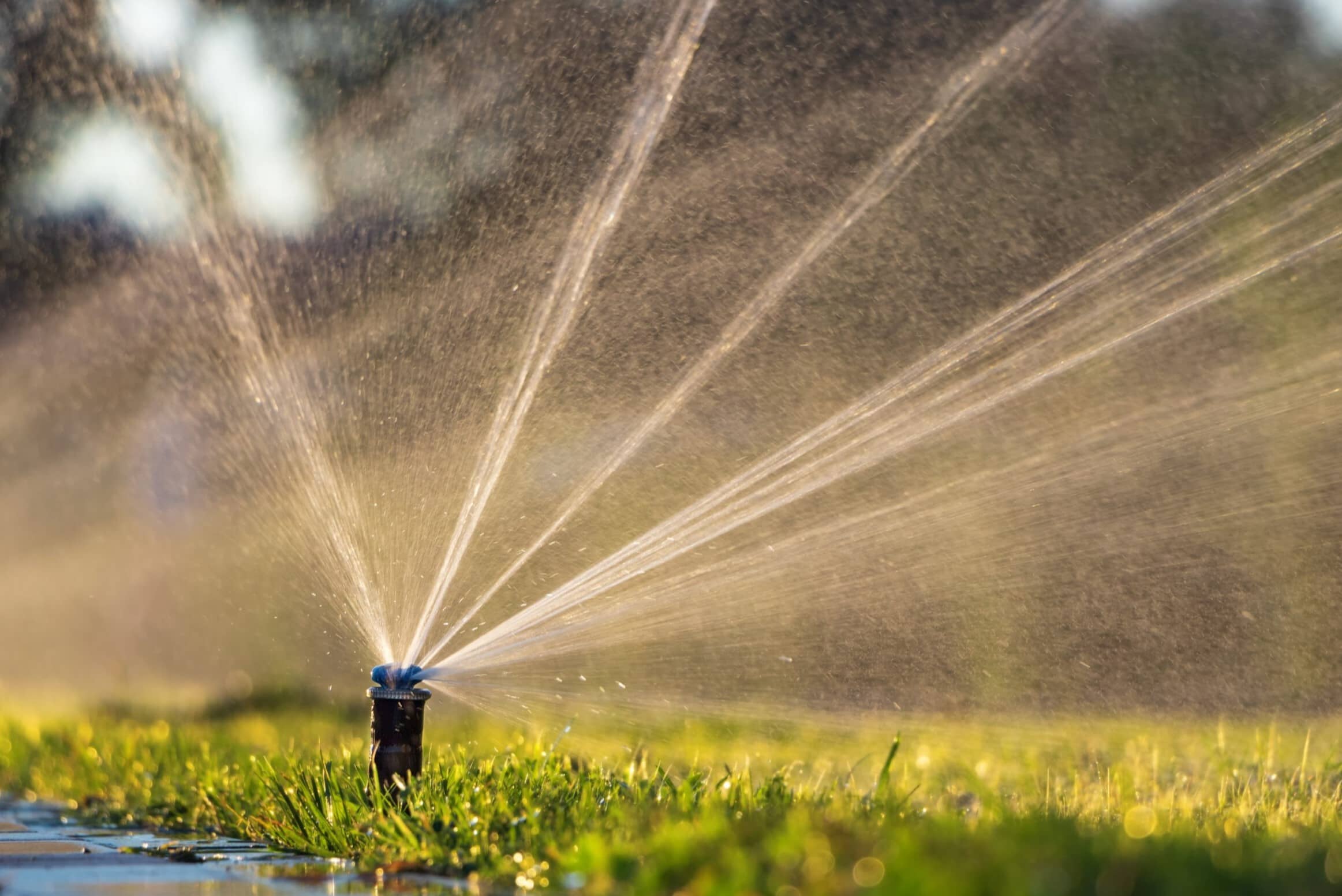
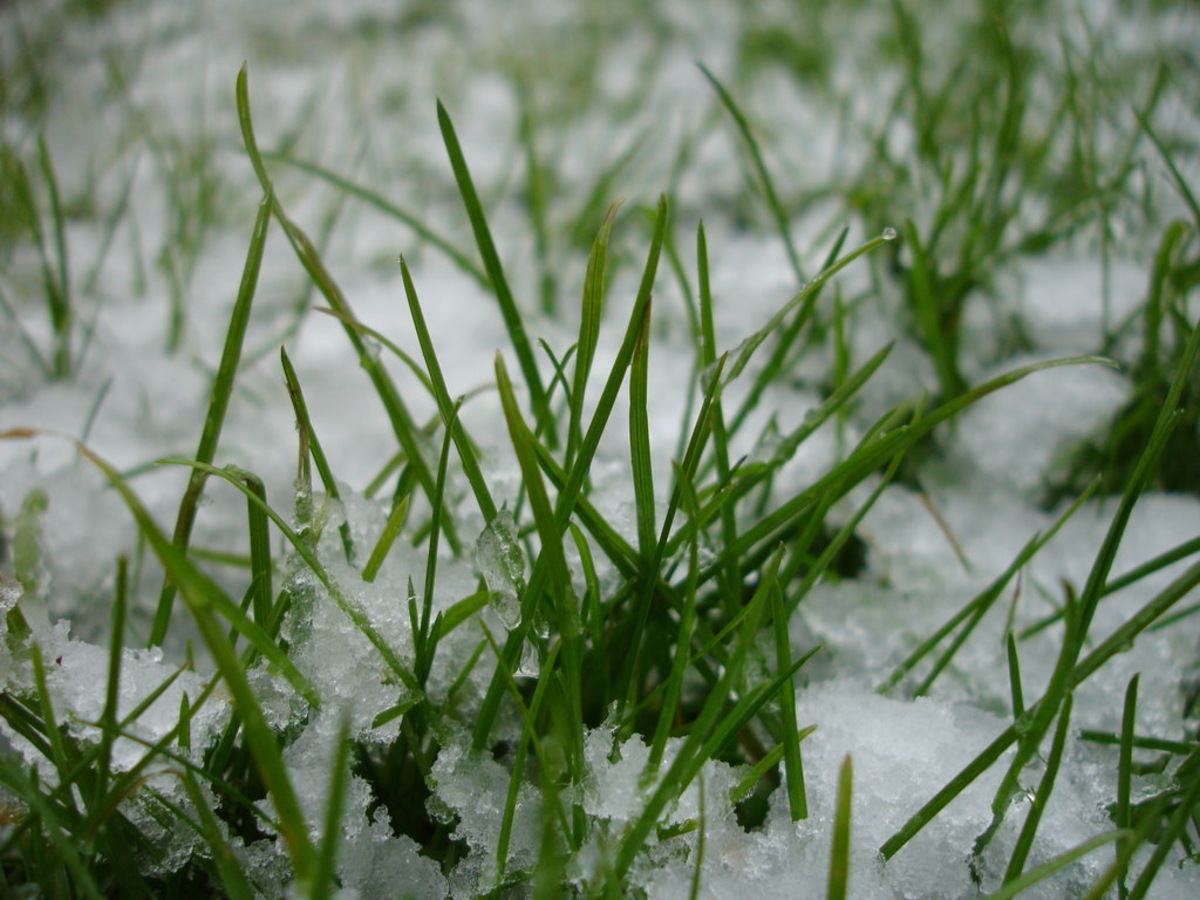
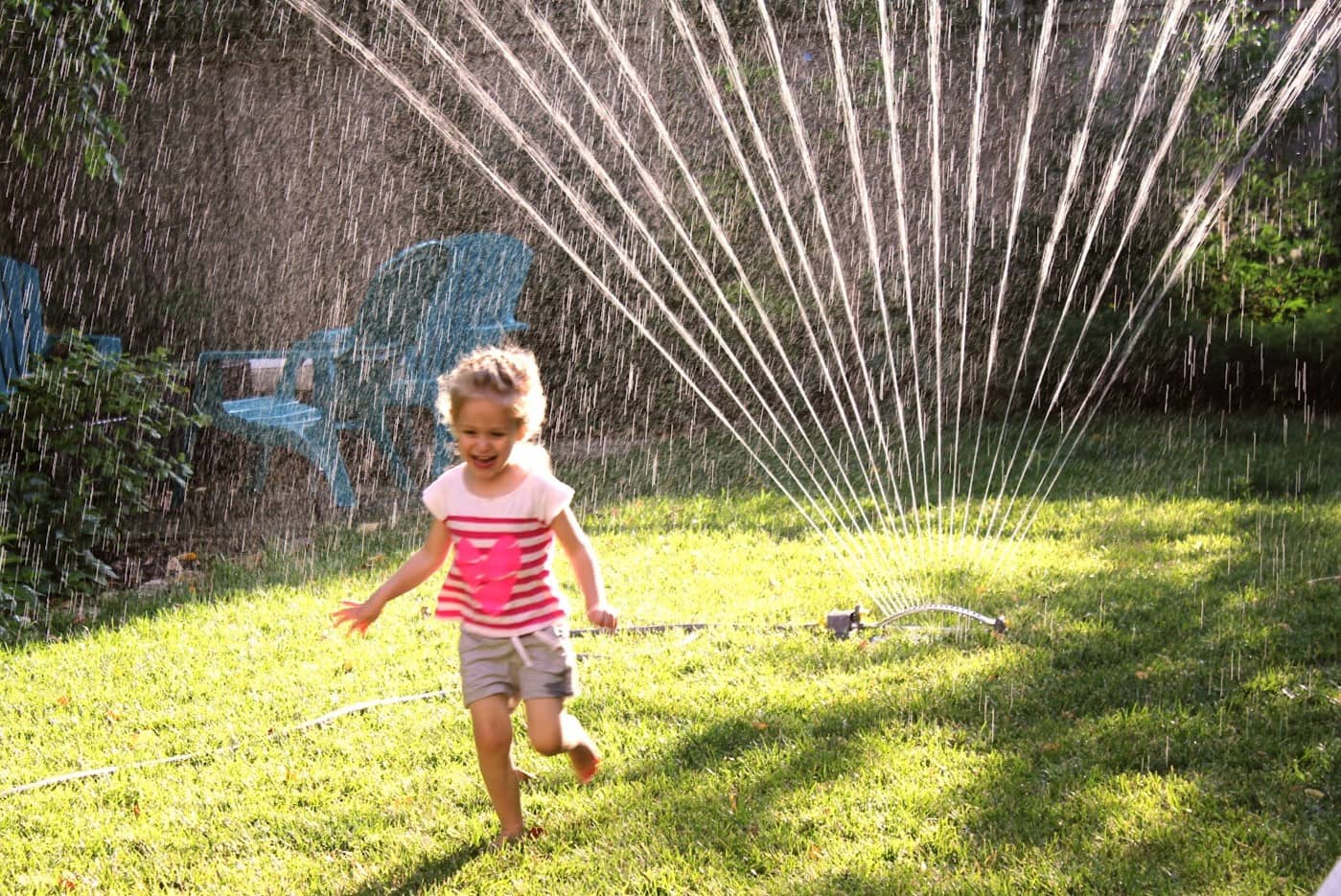
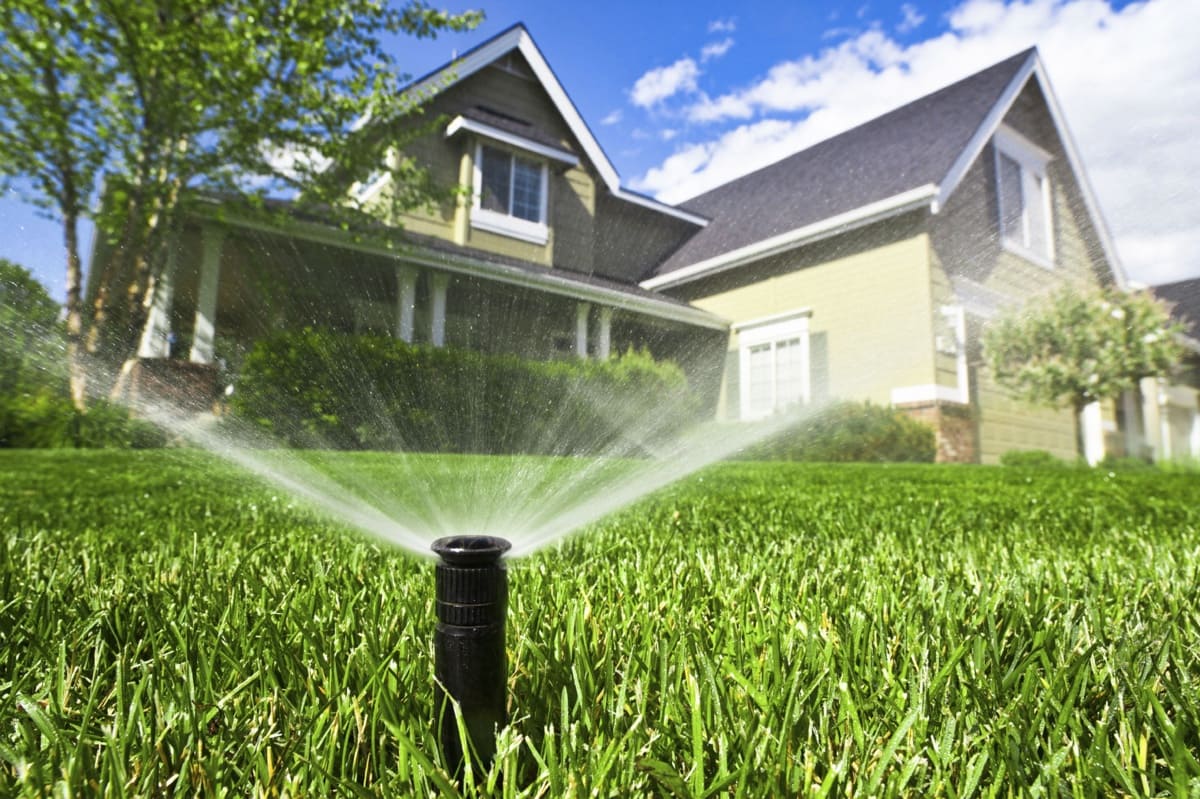



0 thoughts on “How Many Times A Week To Water My Grass”